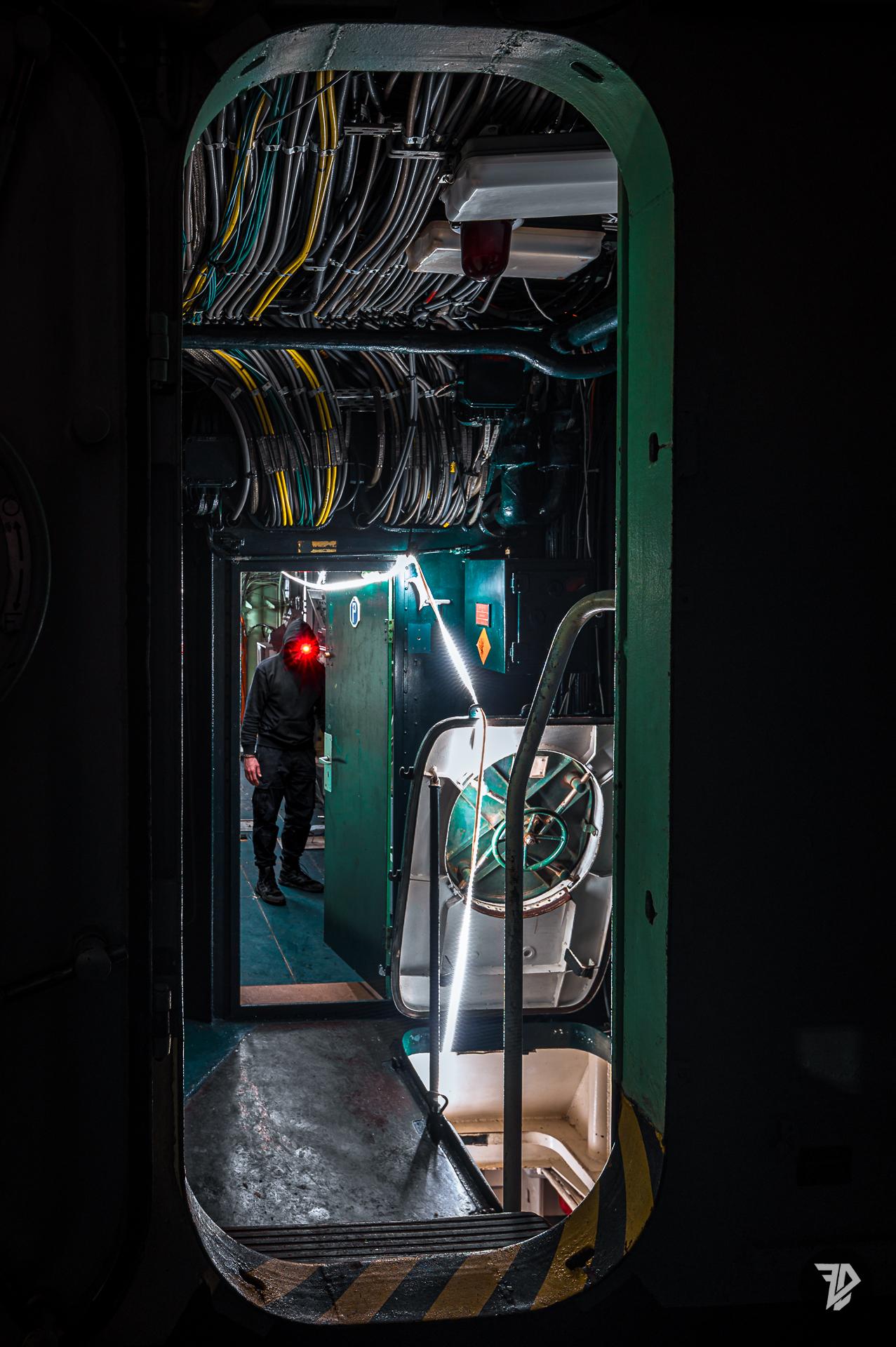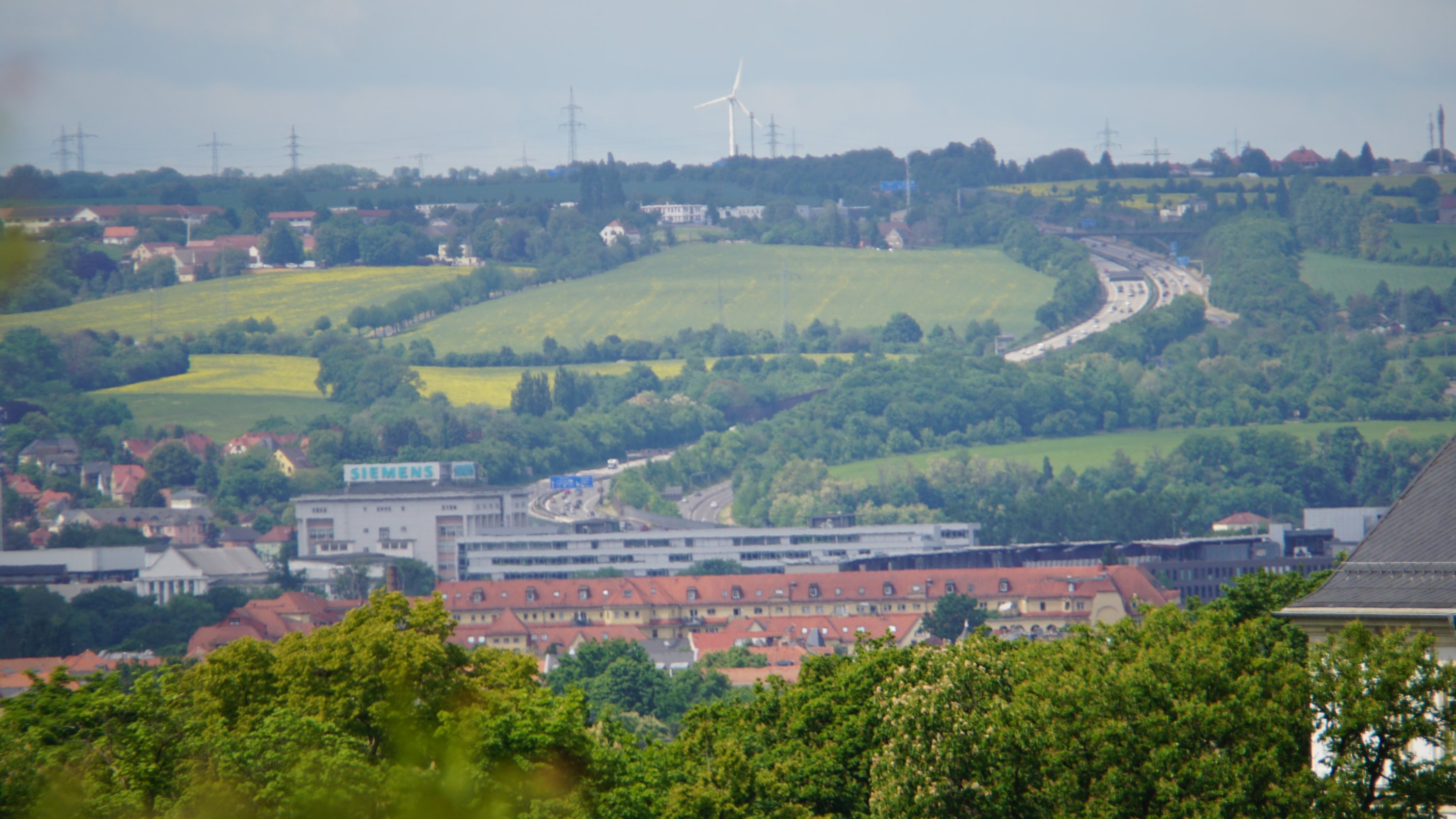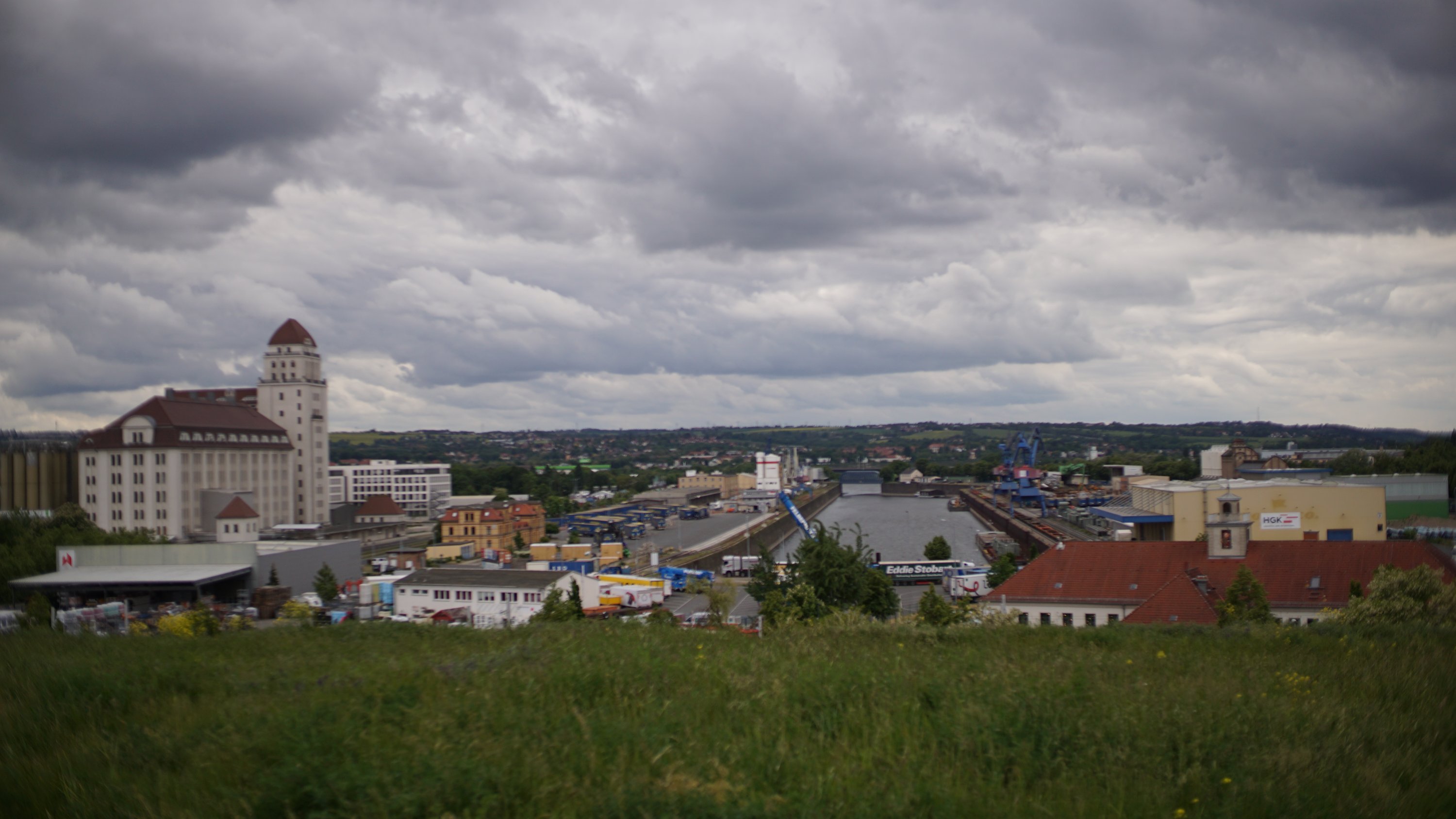Blaues Wunder und fliegende Fische
Auf dem Heimweg bei #mdrza am #Elberadweg heute noch kurz die Szenerie geschossen. Und evtl. einen Fisch im Flug erwischt?
#Dresden #Elbe #Fernsehturm #BlauesWunder #Alpha6000 #Sel50f18f


Into The Light.
#photography
Haute-Provence Star Trails
* Credit & Copyright: Alexandre Santerne / OHP-CNRS
Explanation:
Fix your camera to a tripod and you can record the graceful trails traced by the stars as planet Earth rotates on its axis. For example, this dramatic 5 hour long exposure was made on February 24 from Haute-Provence Observatory (OHP) in southeastern France. Actually a composite of 300 consecutive 1-minute exposures, the image nicely shows stars near the celestial equator tracing nearly straight lines in projection, while stars north and south of the equator, respectively, appear to circle the north and south celestial poles. Domes at the bottom left and right house the OHP telescopes. Brilliant planet Venus makes the short bright trail at the lower right, while trails of stars in the constellation Orion end near the lower right observatory dome. Sirius, alpha star of Canis Major, traces the bright arc over the dome at the left. Astronomer Alexandre Santerne also briefly illuminated a foreground oak tree during the exposure sequence.
https://apod.nasa.gov/apod/ap090314.html
#space #earth #astrophotography #photography #astroart #art #science #nature #education

Rues quasiment vides Toulousaines.
#photographie #photography #streetphotography
Good Tuesday. #Photography #Arizona
Photo by Monique Candido.
📍Sedona, AZ, United States
Ich Ich kann nicht eindeutig sagen, auf welcher Seite des Gitters ich stehe. Denn alles hängt von der Perspektive ab. Der Blick durch das Gitter ist immer beidseitig. Ob ich davor oder dahinter bin, hängt davon ab, wer den Blick kontrolliert.
Und vielleicht ist die ehrlichste Antwort:
Wir stehen beide hinter dem Gitter.
Danke Elke
#BlackAndWhite #photography #photos #fotografie #BildDesTages #fineart #fineartphotography #art #Kunst #emotionen #bnwphotography
@FotoVorschlag
#FotoVorschlag
'dinge die mit w beginnen'
das ist einer dieser 'dinge die mit ... beginnen'-prompts, bei denen mir sofort ein wort mit zugehörigem bild in dem kopf kam, hier:
WEINSCHWÄRMER :)
genauer: Kleiner Weinschwärmer Deilephila porcellus
weinbergschnecke was a close second :3
#insects #insekten #schmetterling #butterfly #mothstodon #falter #krabbeltierchen #AuwaldRunde #entomology #nature #wildlife

Star Trails at Dawn
* Credit & Copyright: Koen van Gorp
Explanation:
Just fix your camera to a tripod and you too can make an image of graceful trails traced by the stars as planet Earth rotates on its axis. Made on September 14 from Montlaux, France, this wide-angle view nicely shows the stars near the celestial equator tracing nearly straight lines in projection, while stars north and south of the equator, respectively, appear to circle the north and south celestial poles. Featured are the stars of Orion (right of center), brilliant Venus rising (left) as bright star Sirius rises in the south (bottom center), and a polar orbiting Iridium satellite (upper left). Beautiful dawn sky colors seem painted along the horizon. This remarkable picture was constructed from 477 consecutive 30 second digital exposures recorded over 4.3 hours and later combined
https://apod.nasa.gov/apod/ap071208.html
#space #earth #astrophotography #photography #astroart #art #science #nature #education

Milky Way over Maunakea
* Image Credit & Copyright: Marzena Rogozinska
https://www.instagram.com/marzena_astrophotography/
Explanation:
Have you ever seen the band of our Milky Way Galaxy? In a clear sky from a dark location at the right time, a faint band of light becomes visible across the sky. Soon after your eyes become dark adapted, you might spot the band for the first time. It may then become obvious. Then spectacular. One reason for your growing astonishment might be the realization that this fuzzy swath, the Milky Way, contains billions of stars. Visible in the featured image, high above in the night sky, the band of the Milky Way Galaxy arcs. Also visible are the colorful clouds of Rho Ophiuchi on the right, and the red and circular Zeta Ophiuchi nebula near the top center. Taken in late February from Maunakea, Hawaii, USA, the foreground telescope is the University of Hawaii's 2.2-Meter Telescope. Fortunately, you don’t need to be near the top of a Hawaiian volcano to see the Milky Way.
https://www2.ifa.hawaii.edu/88inch/88inch.html
https://www.youtube.com/watch?v=FHP5Dusme04
https://apod.nasa.gov/apod/ap180702.html
https://en.wikipedia.org/wiki/Milky_Way
https://apod.nasa.gov/apod/ap201014.html
https://app.astrobin.com/i/363646
https://science.nasa.gov/resource/the-milky-way-galaxy/
https://www.scientificamerican.com/article/experts-eyes-adjust-to-darkness/
https://apod.nasa.gov/apod/ap200408.html
https://apod.nasa.gov/apod/ap250520.html
#space #earth #galaxy #milkyway #astrophotography #photography #science #nature

Sky Full of Arcs
* Image Credit & Copyright: Rory Gannaway
Explanation:
On August 11 a Rocket Lab Electron rocket launched from a rotating planet. With a small satellite on board its mission was dubbed A Sky Full of SARs (Synthetic Aperture Radar satellites), departing for low Earth orbit from Mahia Peninsula on New Zealand's north island. The fiery trace of the Electron's graceful launch arc is toward the east in this southern sea and skyscape, a composite of 50 consecutive frames taken over 2.5 hours. Fixed to a tripod, the camera was pointing directly at the South Celestial Pole, the extension of planet Earth's axis of rotation in to space. But no bright star marks that location in the southern hemisphere's night sky. Still, the South Celestial Pole is easy to spot. It lies at the center of the concentric star trail arcs that fill the skyward field of view.
https://apod.nasa.gov/apod/ap240817.html
#space #earth #astrophotography #photography #astroart #art #science #nature #education

Interessanter Grabstein #Fotomontag #grabstein #nederlands #leiden #gameover

@cck danke ☺️ das so Abdeckfolien in einem Gemüseanbau - hier noch eine andere Ansicht

Montcalm ⚓️
Welcome aboard a former French Navy anti-submarine frigate, now dismantled. The atmosphere inside was unique, a real metallic labyrinth, frozen in time.
In the Hangar the space opens up. On the ground, heavy ropes remind us that this ship was built to face the sea.
It was launched in 1980 and served until 2017. A once-formidable warship, now cut up and forgotten.
📷 Nikon Z6 14-24mm 1s f/8 ISO200










